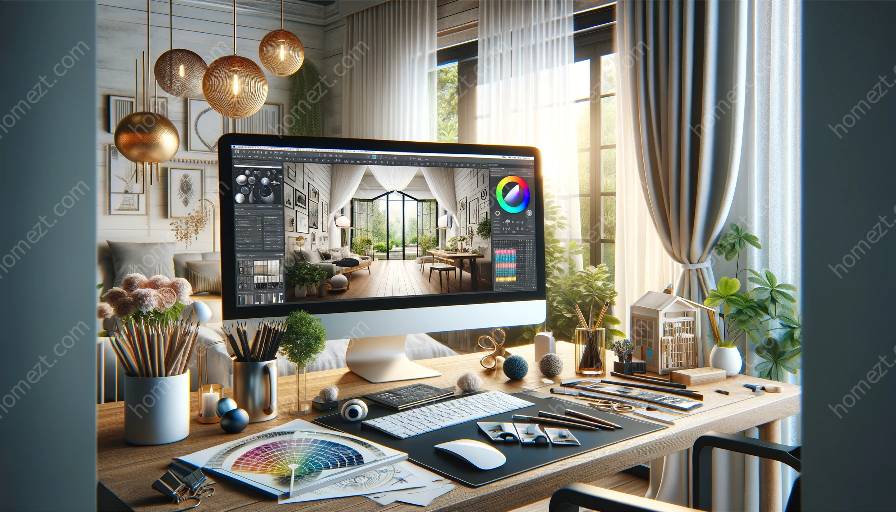Interior design is a multifaceted profession that requires a keen eye for aesthetics, a deep understanding of design principles, and proficient use of innovative software programs and design tools. The digital age has revolutionized the field of interior design, offering a diverse range of software programs tailored to the unique needs of designers, architects, and stylists. These programs are instrumental in creating, visualizing, and presenting interior design concepts with precision and artistry, ultimately elevating the overall design process.
1. AutoCAD
AutoCAD is one of the foremost software programs in the interior design industry, primarily used for creating 2D and 3D designs. It offers a comprehensive set of tools for drafting, drawing, and annotating, enabling interior designers to bring their concepts to life with unparalleled detail. AutoCAD facilitates the precise measurement and alignment of spaces, allowing designers to generate accurate floor plans, elevations, and sections. With its extensive library of design elements and customizable features, AutoCAD empowers designers to streamline the creation of detailed interior design documentation.
2. SketchUp
SketchUp is a popular 3D modeling software that has gained remarkable traction in the interior design industry due to its user-friendly interface and powerful modeling capabilities. This intuitive program enables designers to visualize and present interior spaces in 3D, fostering a dynamic and immersive design experience. SketchUp's extensive warehouse of 3D models, textures, and styles empowers designers to enrich their designs with a diverse range of furnishings and decorative elements. Additionally, the integration of rendering plugins further enhances the quality and realism of interior design visualizations created with SketchUp.
3. Revit
Revit is an architectural design software widely utilized in the interior design industry for its Building Information Modeling (BIM) capabilities. It offers a holistic platform for designing, analyzing, and documenting interior spaces within a collaborative environment. Revit's parametric modeling tools enable designers to create intelligent 3D models that contain crucial information about materials, dimensions, and building components, fostering enhanced coordination and efficiency in the design process. Moreover, the interoperability of Revit with other design software and tools streamlines the integration of interior design elements into larger architectural projects.
4. Adobe Photoshop
Adobe Photoshop remains an indispensable software program for interior designers, serving as a versatile tool for image editing, graphic design, and visualization. Designers leverage Photoshop to enhance and manipulate digital images of interior spaces, tailoring colors, lighting, and textures to align with their design vision. The program's extensive array of filters, brushes, and layering capabilities empowers designers to refine and personalize interior design concepts with unparalleled creativity and precision, ultimately conveying the intended ambiance and style.
5. 3ds Max
3ds Max is a leading 3D modeling and rendering software that holds significant relevance in the interior design industry for its advanced visualization and animation capabilities. Designers utilize 3ds Max to craft photorealistic renderings and immersive walkthroughs of interior spaces, captivating clients with lifelike representations of design concepts. The program's robust toolset for lighting, materials, and camera effects enables designers to create compelling visual narratives that communicate the intricate details and atmosphere of interior designs with unparalleled sophistication.
These software programs exemplify the intersection of design software and tools within the realm of interior design and styling, providing designers with the means to unleash their creative prowess, streamline their workflow, and manifest captivating design visions with remarkable precision. As the field of interior design continues to evolve alongside technological advancements, the synergy between innovative software programs and design tools will undoubtedly shape the future landscape of interior design, ushering in new possibilities and elevating the standards of design excellence.


























